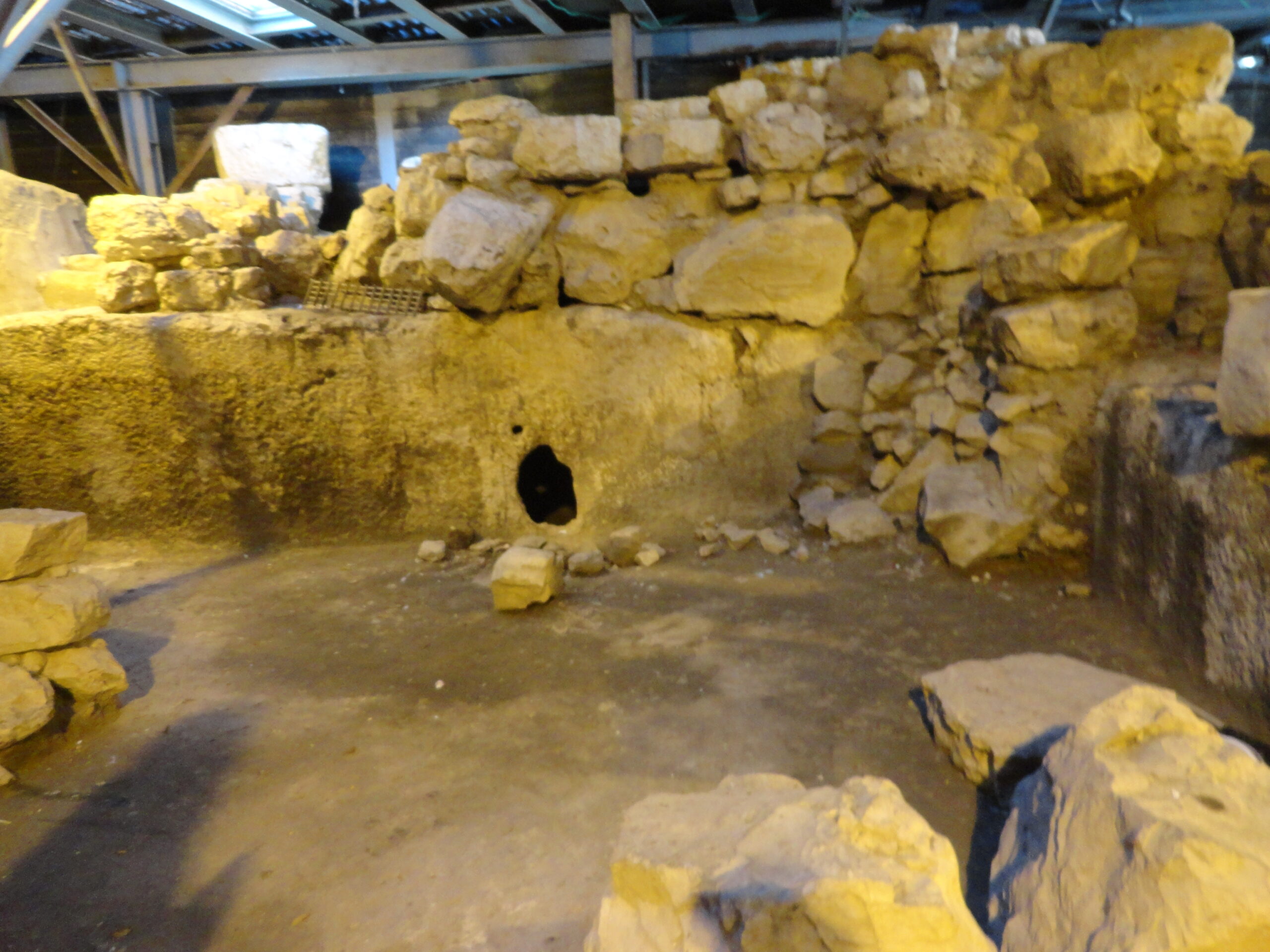Just as some history is worth revisiting several millennia after the fact, so too some news stories are worth comment several weeks in abeyance.
So it is with the death May 25 at age 64 of one of the most fascinating and successful archaeologists of our lifetimes, namely the Israeli excavationist Eilat Mazar. It was Mazar who in 2005 discovered, on a ridge running southward from the Temple Mount, what is almost certainly the palace or fortress of the biblical King David, along with later discoveries of other treasures that essentially confirm the veracity of some Old Testament accounts.
Near to that spot is an old cistern or well, discovered in 1998, that many quite reasonably believe to be the pit into which the prophet Jeremiah was thrown and left to die when palace officials bristled at his warnings about the kingdom’s impending downfall. (He was later rescued.) The Bible rarely mentions mid-level factotums, but Jeremiah chapter 38, verse 1 lists officials named Jehucal and Gadaliah ben Pashtur as two of those who sought Jeremiah’s demise. Amazingly, Ms. Mazar in 2005 found on site a bulla — a seal — inscribed with Jehucal’s name, and in 2008 found another bulla bearing Gadaliah’s. Both have been carbon-dated to the correct era associated with Jeremiah’s life, some 2,600 years ago.

Some archaeologists say Mazar was too quick to definitively associate many of her discoveries with corresponding stories from the Bible. But the significant weight of evidence supports her identifications of some of her most famous unearthings. The locations of the structures or items was exactly where one would expect them to be from the Old Testament’s descriptions, and dated to the right eras.
This was all really quite remarkable, especially the bullas. They all but confirm the basic historical accuracy of even the most seemingly random biblical name-checks. Mazar also discovered bullas of more prominent figures such as the biblical king Hezekiah and possibly also of the prophet Isaiah, among numerous other finds that are either likely or possibly consonant with biblical texts.
For visitors to those sites (as I was in 2014 — see accompanying photos) the sense of wonder they create is quite powerful. One almost may as well discover a wooded landscape in the back of a wardrobe and find within it a stone tablet bearing the name of Prince Caspian’s good Lord Drinian.
Eilat Mazar died of a long, unspecified illness, and far too young. She leaves a legacy for historians and social scientists that tremendously adds to the store of useful knowledge; and for faithful Jews and Christians, she leaves a legacy of buttressed belief.
